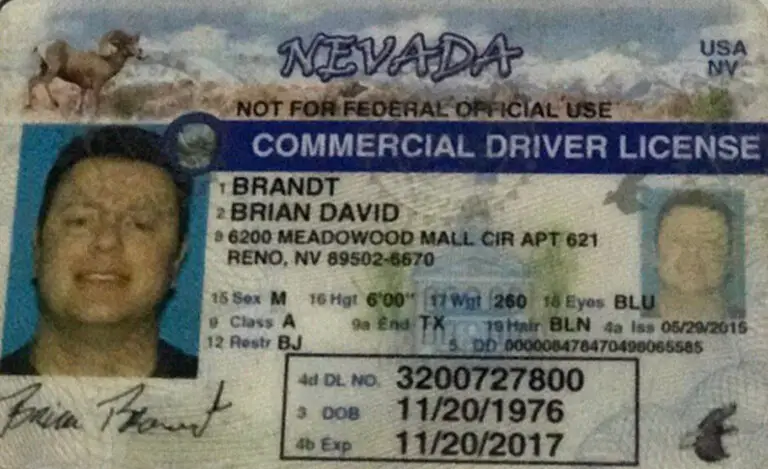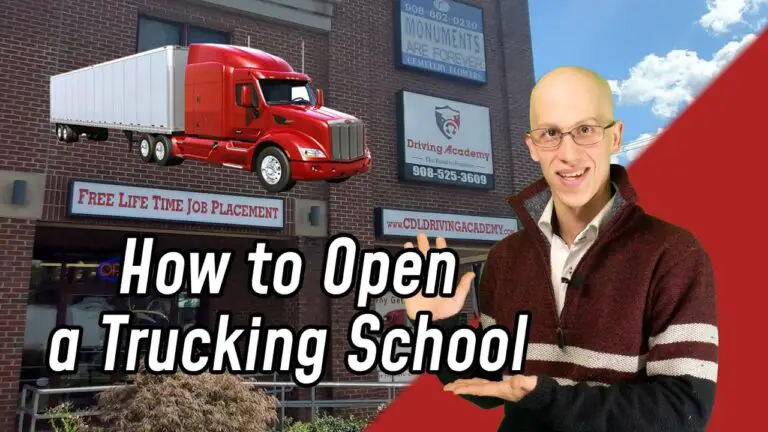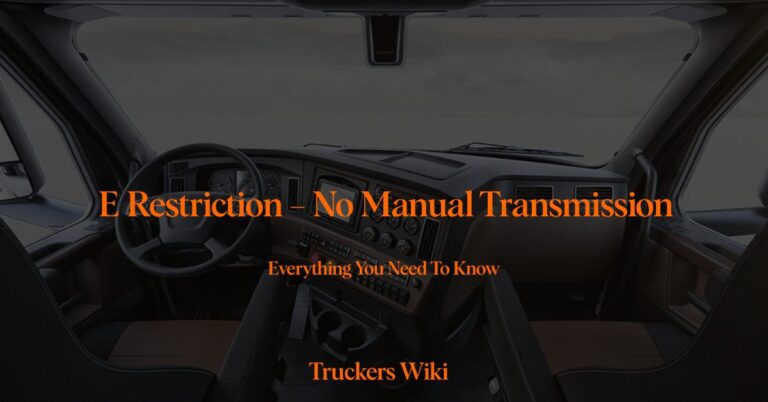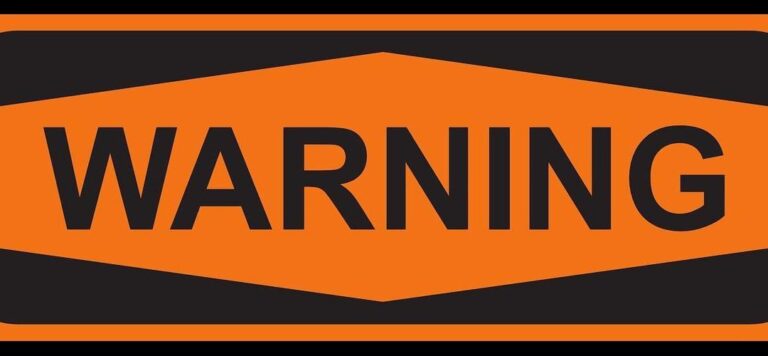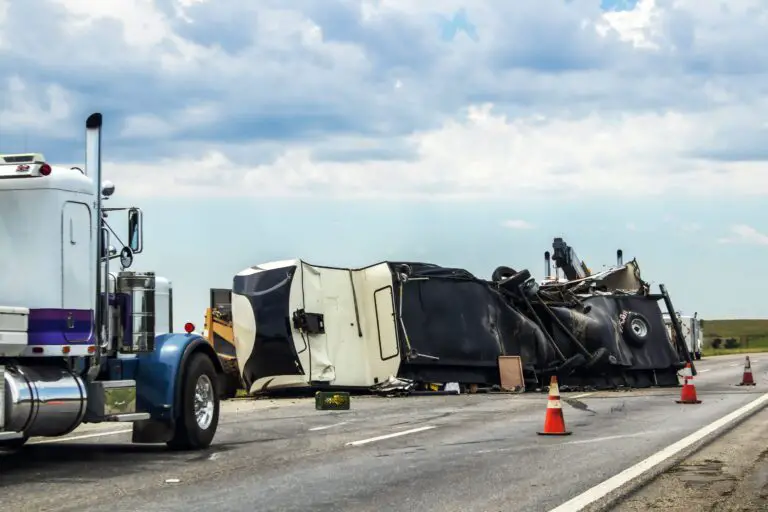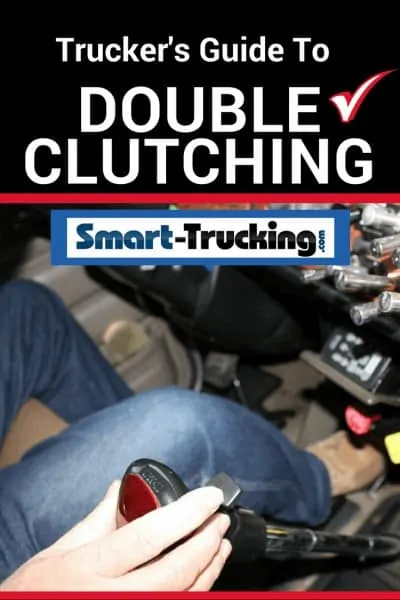
Double clutching in CDL involves pressing the clutch twice to shift gears smoothly and prevent grinding. It improves synchronizing the engine and transmission.
Double clutching is a technique used by truck drivers to ensure smooth gear shifting without causing damage to the vehicle’s transmission system. By momentarily shifting into neutral between gear changes, double clutching allows the engine and transmission speeds to match, resulting in a seamless transition between gears.
This practice is particularly important in vehicles with non-synchronized transmissions, such as older trucks or race cars. Understanding the concept and mastering the skill of double clutching can enhance a driver’s overall performance and efficiency on the road. We will delve deeper into the specifics of double clutching in the context of commercial driver’s license (CDL) training and its significance in the trucking industry.
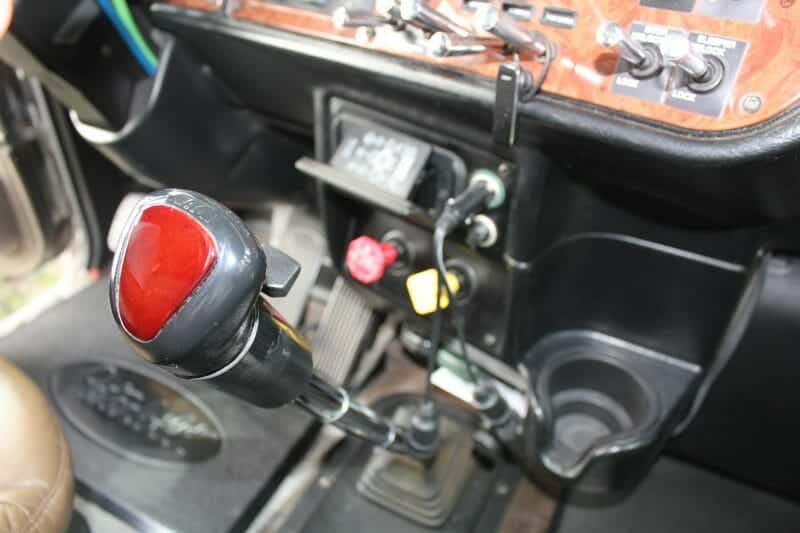
Credit: www.smart-trucking.com
Navigate As You Want: [show]
What Is Double Clutching?
Double clutching is a technique used in manual transmission vehicles to smoothly shift gears. It involves pressing the clutch pedal twice – once to disengage the gears and match the engine speed to the transmission, and again to engage the new gear.
This technique is especially useful when shifting from a lower gear to a higher one or when the gearbox and engine speeds are not synchronized, preventing gear grinding and reducing wear on the transmission.
Double clutching is important for maintaining the longevity of the transmission and ensuring a smoother driving experience, particularly in older vehicles or those with non-synchronized gearboxes.
Requirements For Double Clutching In Cdl
Double clutching in CDL requires a CDL license to operate commercial vehicles. Understanding the transmission system is essential for successful double clutching.
Step-by-step Guide To Double Clutching
Learn the step-by-step guide to double clutching for CDL. This helpful technique is essential for smooth gear shifting and preventing damage to your vehicle’s transmission. Master the art of double clutching with this comprehensive guide.
| Pressing the Clutch | Press the clutch pedal all the way down with your left foot. |
| Shifting into Neutral | Move the gear stick to neutral position in the middle of the shifting process. |
| Releasing the Clutch | Gradually release the clutch pedal to engage the engine and transmission smoothly. |
| Matching Engine Speeds | Rev the engine to match speeds between gears for a seamless transition. |
| Shifting into the Desired Gear | Move the gear stick into the target gear while still pressing the clutch. |
Tips And Techniques For Double Clutching
Double clutching is a technique where the driver presses the clutch twice while shifting gears, ensuring a smoother transition. It requires practice and familiarization to master the process and execute it seamlessly. When double clutching, focus on smooth movements and timing to avoid jerky gear shifts. Listening to the engine can help in determining the right moment to shift, ensuring a synchronized movement. Moreover, always prioritize safety while performing double clutching to prevent accidents and maintain control of the vehicle.
Alternatives To Double Clutching
Double clutching is a technique used in commercial driving to smoothly shift gears. Alternatives include rev-matching and float shifting, which achieve similar results without the need for the extra clutch action. Mastering these techniques can help improve driving efficiency and reduce wear on the transmission.
Double clutching is a technique often used by truck drivers with manual transmissions to shift gears smoothly. However, there are alternatives that can simplify the shifting process and make it easier for drivers.
Floating gears is one alternative to double clutching. This method involves shifting gears without using the clutch pedal. Instead, the driver matches the engine speed with the transmission speed to smoothly engage the next gear. Floating gears can save time and reduce wear on the clutch.
Hill start assist systems are another alternative to double clutching. These systems automatically engage the brakes when the vehicle is on a hill, preventing it from rolling backwards. This allows the driver to smoothly release the clutch and accelerate without having to worry about stalling or rolling backwards.
Both of these alternatives can help truck drivers shift gears more efficiently and reduce the risk of stalling or damaging the transmission. By mastering these techniques, drivers can enhance their driving skills and improve overall safety on the road.

Credit: www.youtube.com

Credit: www.youtube.com
Frequently Asked Questions Of What Is Double Clutching Cdl
What Is Double Clutching Cdl And How Does It Work?
Double clutching is a technique used in driving vehicles with manual transmissions. It involves pressing the clutch pedal twice while shifting gears to synchronize the engine speed with the transmission. This helps to smoothly change gears, reduce wear on the transmission, and prevent gear grinding.
Why Is Double Clutching Important In Truck Driving?
Double clutching is important in truck driving because it allows for smoother gear shifts, especially when shifting into lower gears. This technique helps to prevent damage to the transmission, reduces wear and tear on the clutch, and ensures the driver maintains control over the vehicle.
It is particularly beneficial when driving heavy trucks with manual transmissions.
Can I Skip Double Clutching When Driving A Cdl Vehicle?
While it is possible to skip double clutching when driving a CDL vehicle, it is not recommended. Double clutching helps to maintain control over the vehicle, reduces wear and tear on the transmission, and promotes smoother gear shifts. It is a valuable technique that enhances the overall driving experience and helps to avoid potential mechanical issues.
Conclusion
Mastering the art of double clutching CDL can greatly enhance your driving skills. It allows for smoother gear changes, reduced wear on transmission components, and improved overall control of the vehicle. By honing this technique, you can not only become a more proficient and efficient driver, but also potentially save on maintenance costs in the long run.
